ALKEN, Henry Thomas
Henry Thomas Alken was born at 3 Dufours Place, Westminster, London on 12 October 1785, son of Samuel Alken (22 October 1756–9 November 1815), an artist & engraver, and his wife Lydia née Woodley. After receiving his first art lessons from his father, young Henry was sent for instruction under John Thomas Barber Beaumont (1774-1841), a painter of miniatures. Henry exhibited twice at the Royal Academy, and displayed an early liking for depicting animals, especially dogs and horses and became the dominant sporting artist of the early nineteenth century. Henry married at St Clement's Church, Ipswich on 14 October 1809, Maria [or Marianée] Gordon (1786-1841) of Ipswich and for a time they lived in Ipswich, where five of their children Samuel Henry Gordon Alken, Siffrien Alken, Lydia Anne, Elizabeth and Ellen were born. Henry's first sporting prints were published in 1813, and he demonstrated his expertise in the book 'The Beauties and Defects in the Figure of the Horse Comparatively Delineated' (1816). He issued many sets of prints in wrappers and provided illustrations to a series of books, employing the pseudonym ‘Ben Tally Ho’ for his mildly satirical sallies, often collaborating with his friend the sporting journalist Charles James Apperley (1779–1843), known as 'Nimrod'. In 1811, Alken and his young family were living over a shop in Haymarket that belonged to print publisher Thomas McLean of the 'Repository of Wit and Humour' and was paid a daily wage of thirty shillings [£1.50], considered a good income at the time. Henry maintained a connection with Ipswich, evident in 'A Cockney's Shooting Season in Suffolk' (1822) and 'The First Steeple-Chase on Record' (1839), which recorded a nocturnal romp by cavalry officers stationed at Ipswich in 1803 and became the single most popular set of sporting prints. He authored several books on aspects of engraving, including 'The Art and Practice of Engraving' (1849). Alken never used his second name in his work, leading to confusion with his son Samuel Henry Gordon Alken, who also signed designs and paintings ‘H. Alken’ and precise authorship of the resulting prolific output remains difficult to disentangle. Later in life he drifted into ill-health, consumption, and poverty. After the death of his wife, at Spring Place, St Pancras, London in 1841, Henry Thomas Alken went to live with an unmarried daughter at Ivy Cottage, Highgate where he died in April 1851.
Royal Academy Exhibits
from Southampton
1801 831 Portrait of Miss Gubbins - miniature
1802 Portrait [not found]
Works by This Artist
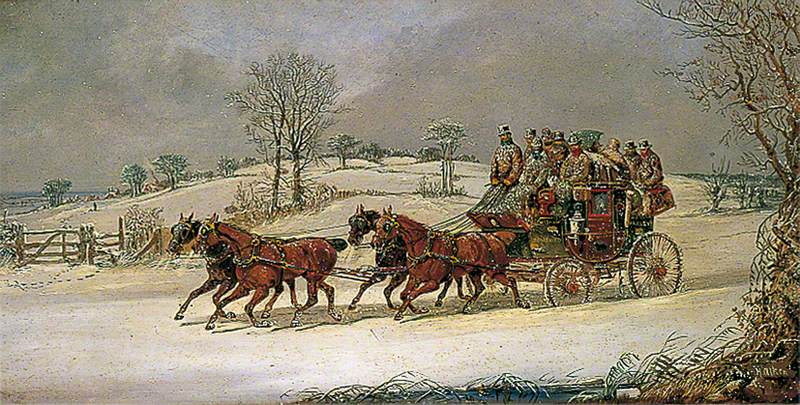
|
Ipswich to London CoachOil on canvas
|
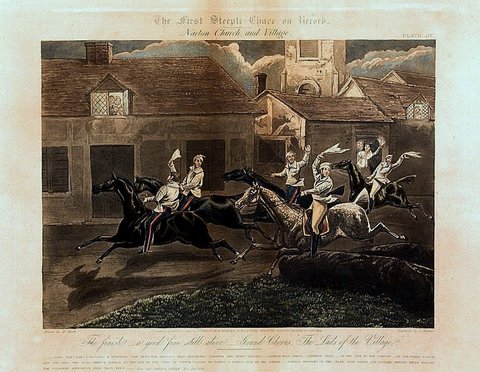
|
The First Steeplechase on RecordAquatint engravings
|
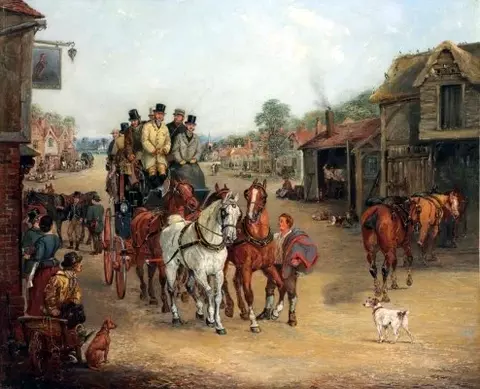
|
A Halt at the InnOil on canvas
|
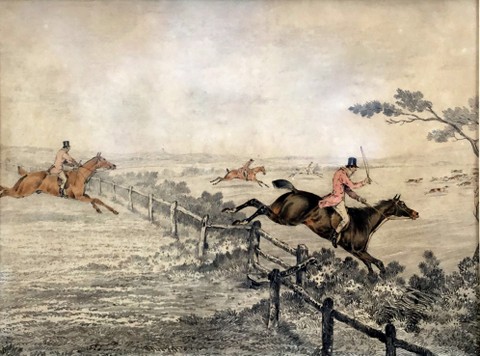
|
Hunting ScenesWatercolours
|
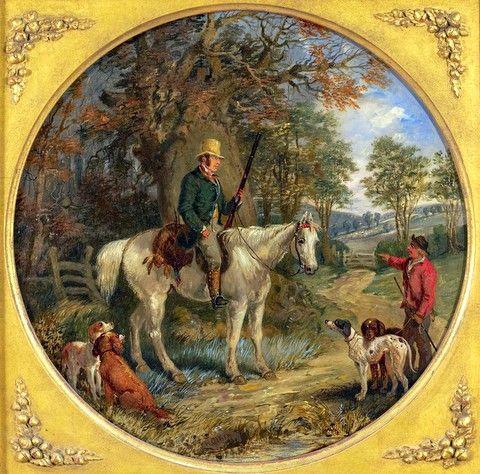
|
The Day’s BagOil on board
|